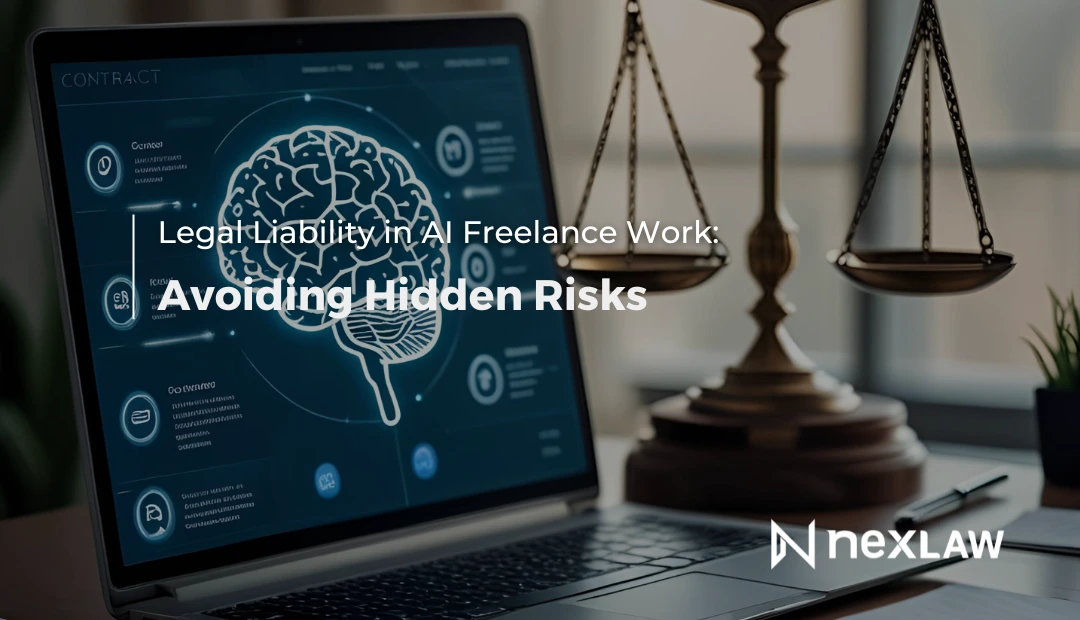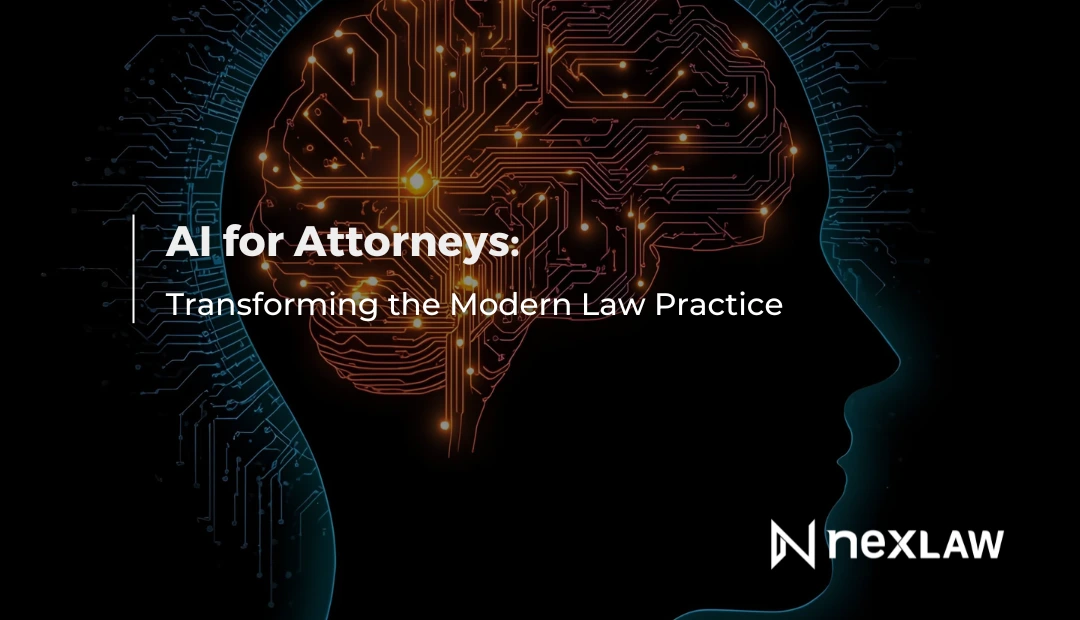Legal Research Automation: How AI Is Transforming the Legal Industry
Legal professionals spend countless hours reviewing documents, analysing cases, and searching for relevant precedents. With rising workloads and tight deadlines, manual research is no longer sustainable. This is where Legal research automation becomes a game-changer—helping lawyers work faster, smarter, and with far greater accuracy.
Unlock Legal Insights Instantly!
In this blog, we explore what legal research automation is, why it matters, and how advanced Legal AI Assistant like NexLaw.ai are reshaping the future of legal work.
What Is Legal Research Automation?
Legal research automation refers to the use of AI-powered tools to streamline and accelerate the process of finding case law, statutes, regulations, commentary, and legal insights. Instead of manually reading through hundreds of documents, lawyers can receive instant insights, summaries, citations, and keyword trends within seconds.
This technology leverages:
- Natural Language Processing (NLP)
- Machine learning algorithms
- Automated document classification
- Semantic search capabilities
Together, these tools reduce human error and significantly improve legal research accuracy.
Why Legal Research Automation Is Essential for Modern Law Firms
-
Saves Hours of Manual Work
Traditional legal research can take days. With automation, lawyers can analyse large volumes of data in minutes, freeing them to focus on strategy, client interaction, and case preparation. -
Improves Accuracy and Reduces Human Error
AI-powered tools scan and interpret legal texts with precision, ensuring lawyers never miss key details or relevant precedents. -
Enhances Competitive Advantage
Firms adopting legal tech move faster, deliver better results, and gain a strong edge in the increasingly competitive legal market. -
Supports Data-Driven Decision Making
With automated analysis, lawyers get instant insights, trend patterns, and risk assessments that improve case outcomes.
How Legal Research Automation Works
Legal research automation typically involves four major steps:
Step 1: Input Your Query
Lawyers type a question or upload documents (contracts, case files, evidence).
Step 2: AI Processes Information
The AI scans millions of documents, identifies context, and interprets legal language using NLP.
Step 3: Automated Analysis
The system extracts key findings such as:
- Case summaries
- Relevant statutes
- Opposing arguments
- Precedent comparisons
- Keyword insights
Step 4: Instant Output
Within seconds, the lawyer receives:
- Research summaries
- Citations
- Risk assessments
- Topic graphs
- Trend data
Platforms like NexLaw.ai use advanced mapping and topic networks to visualise complex legal information easily.
Top Benefits of Using Legal Research Automation Tools
-
Faster Case Preparation
Lawyers can prepare arguments, review evidence, and draft legal documents faster with AI-generated insights. -
Better Quality of Work
Automation improves consistency, reduces mistakes, and ensures all relevant information is considered. -
Lower Operational Costs
Firms reduce labour costs, training expenses, and time spent on repetitive research tasks. -
Increased Productivity
Research that once took 6–8 hours can be automated to take only a few minutes. -
Improved Access to Legal Knowledge
AI brings powerful legal intelligence to solo lawyers, small firms, and in-house teams who previously had limited resources.
Use Cases of Legal Research Automation
-
Case Law Research
Instantly find relevant precedents and summarise complex judgments. -
Contract Review
AI highlights important clauses, missing terms, legal risks, and compliance issues. -
Trademark & IP Research
Search for similar trademarks, patents, or copyrights in seconds. -
Due Diligence
Automated document review for merges, acquisitions, and compliance workflows. -
Litigation Strategy Planning
AI compares past outcomes and predicts possible case results.
Best Practices to Adopt Legal Research Automation in Your Firm
To maximise the benefits, law firms should:
-
Train Teams on AI Tools
Provide onboarding sessions to ensure seamless adoption. -
Integrate Automation Into Daily Workflows
Use AI for document review, research, drafting, and litigation planning. -
Build a Research Framework
Combine AI insights with expert human judgment. -
Continuously Optimise
Evaluate which tasks can be automated further for improved efficiency.
The Future of Legal Research
The future of legal work is automation-driven, data-powered, and AI-enhanced. As tools continue to evolve, firms that adopt automation early will outperform those relying on manual processes.
Conclusion
Legal research automation is no longer optional—it’s essential. It helps lawyers work faster, make smarter decisions, and deliver high-quality results. With advanced AI platforms like NexLaw.ai, legal teams can greatly reduce research time, avoid errors, and gain a competitive edge.
If your law firm wants to modernise its operations and enhance productivity, adopting legal research automation is the best place to start.
Ready to experience the power of legal research automation? Click here to book a personalised demo of NexLaw.ai today.






